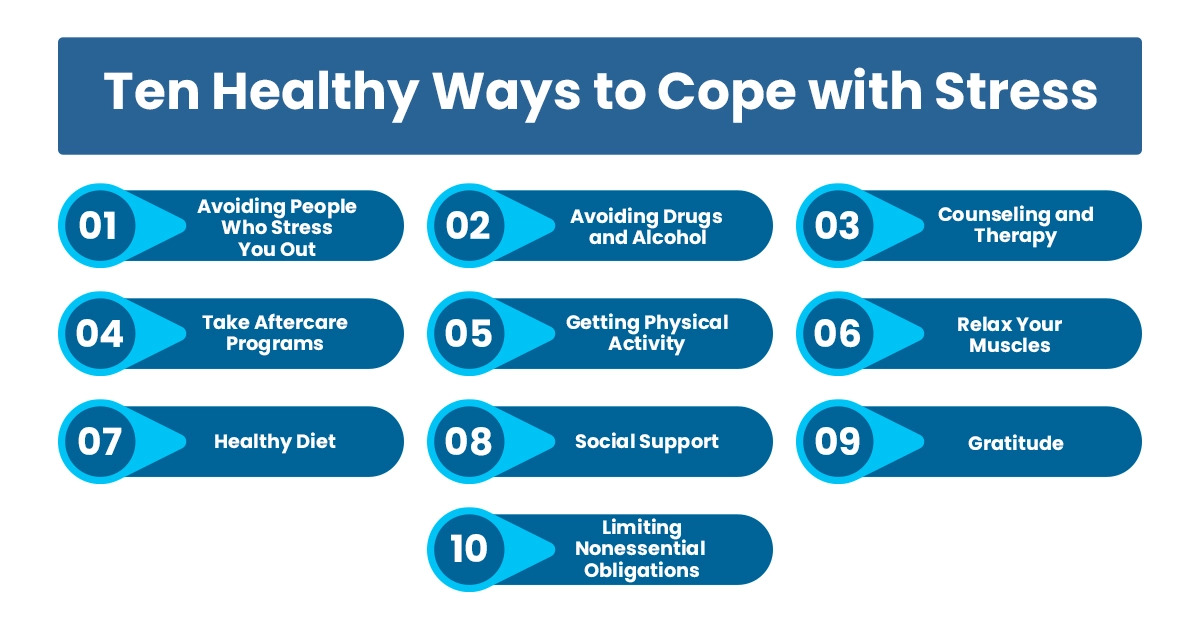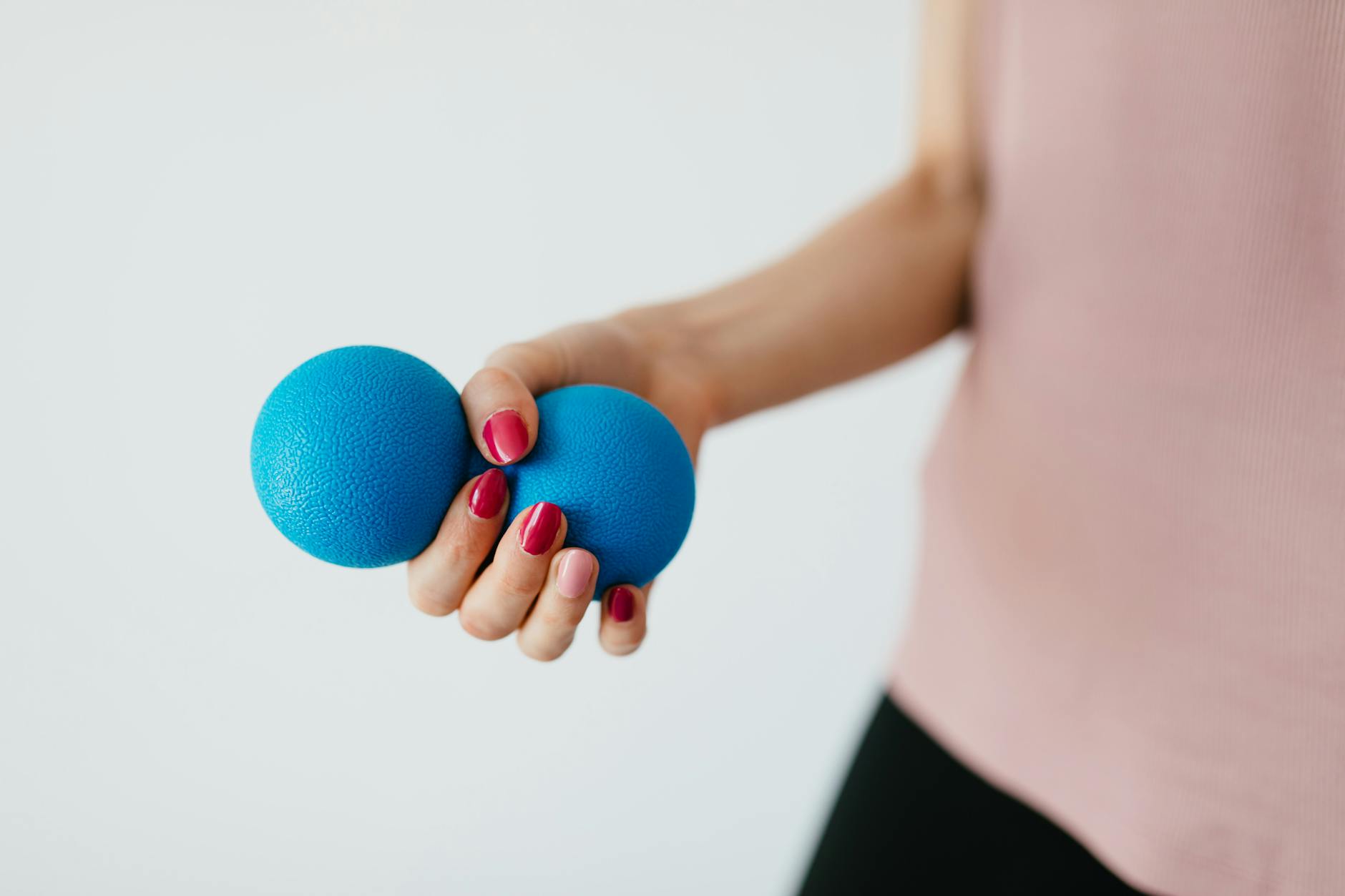Discover 10 groundbreaking strategies to conquer PTSD and reclaim your peace of mind in this essential guide on stress management.
Table of Contents
- Introduction: What Are We Talking About?
- Knowing What PTSD Is
- 2. Finding Calm: Deep Breathing
- Move Your Body: Exercise
- 4. Good Night’s Sleep: Rest Well
- Talking It Out: Share Your Feelings
- 6. Timeout for Fun: Play and Laugh
- Arts and Crafts: Get Creative
- Nature Time: Embrace the Outdoors
- Mindfulness: Be Here and Now
- 10. Find a Hobby: Do What You Love
- Conclusion: Superhero Toolkit Against Stress
Introduction: What Are We Talking About?
In this article, we’re going to learn about how some people deal with a tough thing called PTSD, which is short for post traumatic stress disorder. It’s something that can happen to a person’s mind after something really scary or bad happens. We’ll look at 10 ways to feel better!
Post traumatic stress disorder (PTSD) is a type of mental health issue that can affect people after experiencing frightening or traumatic events. It can cause feelings of sadness, fear, and other tough emotions, even when the person is safe. Dealing with PTSD is important for taking care of our minds and feeling better overall.
Knowing What PTSD Is
Let’s understand what PTSD is and why it’s important to know about it.
What is PTSD Anyway?
PTSD is a name for the feelings people have after seeing or feeling something really hard. It can make people feel sad or scared even when they’re safe.
Why Do People Get PTSD?
Some people get PTSD because something very scary happened to them or they saw something happen to someone else.
PTSD is a type of mental health issue that can happen after scary events. Keywords: post traumatic stress disorder, mental health
2. Finding Calm: Deep Breathing
One way to deal with stress is to practice deep breathing techniques that can help your body relax and unwind. When we feel anxious or worried, our breath becomes quick and shallow, but taking slow, deep breaths can signal to our brain that everything is okay, leading to a sense of calm.

Image courtesy of havendetoxne.com via Google Images
How to Breathe Deep?
Breathe in slowly through your nose, feeling your belly rise like a balloon filling up with air. Then, exhale slowly through your mouth, letting all the air out as your belly falls. Repeat this process several times, focusing on the rhythm of your breath. It’s like riding a slow-moving wave, gently rocking back and forth, helping your body and mind relax.
Move Your Body: Exercise
Just like superheroes need to move to save the day, our bodies need exercise to chase away stress.
Fun Ways to Move
Doing fun things like dancing, riding a bike, or playing tag can help beat stress! When you move your body, you not only feel good, but you also make your heart strong, which is like giving it a big hug. Exercise can help lower the chances of getting high blood pressure, which is like a grumpy monster for your heart. Moving your body also helps you sleep better and can even help with breathing problems like sleep apnea. So, next time you feel stressed, put on your favorite music and dance it out or grab a friend for a game of tag. Your body and mind will thank you!
4. Good Night’s Sleep: Rest Well
Getting enough sleep is super important for keeping your brain healthy and happy. Imagine sleep as a special time when your brain takes a little vacation to recharge itself for the next day.

Image courtesy of seattleanxiety.com via Google Images
Tips for Sweet Dreams
Having a bedtime routine can help signal to your brain that it’s time to wind down and get ready for sleep. You can read a bedtime story, listen to calming music, or dim the lights to create a cozy atmosphere. Avoid looking at screens like phones or tablets before bed, as the bright light can make it harder for your brain to relax.
Talking It Out: Share Your Feelings
Sometimes, when we’re feeling upset or sad, it can help a lot to talk about what’s bothering us. This can be a really good way to start feeling better. It’s kind of like taking a heavy backpack off your shoulders and letting someone else hold it for a bit.
Who to Talk To?
It’s important to share your feelings with someone you trust. This could be a family member, a friend, a teacher, or even a counselor. When you talk to someone you trust about how you’re feeling, it can make a big difference. They might help you see things in a new way or just listen and give you a big hug.
6. Timeout for Fun: Play and Laugh
Remember to have fun! Playing and laughing are superpowers against stress.

Image courtesy of ampeduplearning.com · In stock via Google Images
What Are Fun Activities?
Anything that makes you happy, like drawing, playing games, or telling jokes!
Fun activities are a great escape that help your brain take a break from worries. Keywords: mental health
Arts and Crafts: Get Creative
Making art is like whispering to your stress, ‘You can’t catch me!’
| Strategy | Description |
|---|---|
| 1. Practice deep breathing | Deep breathing exercises can help reduce stress and anxiety levels, promoting relaxation. |
| 2. Engage in regular exercise | Physical activity can help release endorphins, which can improve mood and reduce stress. |
| 3. Maintain a healthy diet | Eating well-balanced meals can help support overall health and wellness, reducing stress levels. |
| 4. Seek counseling or therapy | Talking to a therapist or counselor can help process traumatic experiences and develop coping strategies. |
| 5. Practice mindfulness and meditation | Mindfulness techniques and meditation can help increase self-awareness and reduce stress levels. |
| 6. Establish a support system | Connecting with friends, family, or support groups can provide emotional support and understanding. |
| 7. Engage in hobbies or activities you enjoy | Participating in activities that bring joy and fulfillment can help distract from stressors and promote relaxation. |
| 8. Get plenty of rest and prioritize self-care | Getting enough rest and taking care of your physical and emotional needs can help manage stress levels. |
| 9. Practice relaxation techniques | Engaging in relaxation techniques such as yoga, tai chi, or progressive muscle relaxation can help reduce stress levels. |
| 10. Set boundaries and prioritize self-care | Setting boundaries with others and learning to prioritize your own needs can help reduce stress and prevent burnout. |
Craft Ideas to Try
You can draw, paint, or make something out of clay. It doesn’t have to be perfect; it’s about having fun!
Using your imagination can help distract you from stress and give you a cozy feeling inside.
Nature Time: Embrace the Outdoors
Being outside can make your heart and mind super happy. When we spend time in nature, it’s like a refreshing break for our brain. Let’s explore how embracing the outdoors can have a positive impact on our mental health and even help lower high blood pressure.

Image courtesy of www.etsy.com · In stock via Google Images
What to Do Outside?
There are so many wonderful things to do outdoors that can lift your spirits and help you feel calmer. You could take a leisurely walk in the park, have a fun picnic with your family or friends, or simply lay down and watch the clouds pass by. Nature is like a magical playground that invites us to explore and unwind.
Remember, being in nature doesn’t have to be complicated or elaborate. Even just sitting on the grass and feeling the sun on your skin can bring a sense of peace and happiness. So, the next time you’re feeling stressed or overwhelmed, step outside and let the beauty of the outdoors work its wonders on you.
Incorporating nature time into your routine can have amazing benefits for your overall well-being. So, go outside, breathe in the fresh air, and let nature work its magic on you!
Keywords: mental health, high blood pressure
Mindfulness: Be Here and Now
Mindfulness is like being a detective of your own mind, paying close attention to what you feel and see. It’s all about being present in the moment, right here, right now.
How Can You Practice Mindfulness?
You can sit quietly and notice everything around you, like the sounds you hear and the air you breathe. Focus on your breathing and let your thoughts float by like clouds in the sky. This helps your mind relax and lets go of worries and stress.
10. Find a Hobby: Do What You Love
Doing stuff you love can give you a huge high-five in happiness.

Image courtesy of ampeduplearning.com via Google Images
Ideas for Hobbies
You can collect things, learn to play an instrument, or start a garden. The sky’s the limit!
Having a hobby is like having a personal joy booster anytime you need one. Keywords: clinical depression
Conclusion: Superhero Toolkit Against Stress
We’ve learned that there are heaps of cool ways to help us deal with stress. Just like a superhero has gadgets, we have these 10 awesome strategies to save the day – and they’re all inside us!
FAQs: Questions You Might Have
What is PTSD?
It’s when something very scary happens and it keeps bothering your thoughts even after it’s over.
Can Kids Get PTSD Too?
Yes, it’s possible for kids to have PTSD just like grown-ups.
How Do I know If Someone Has PTSD?
They might feel very sad, scared, or angry, and might have bad dreams or not want to do things they used to love.
What Can I Do If I Think I Have PTSD?
Talk to someone you trust, like your parents or a teacher, and they can help you find someone who knows lots about how to feel better.





